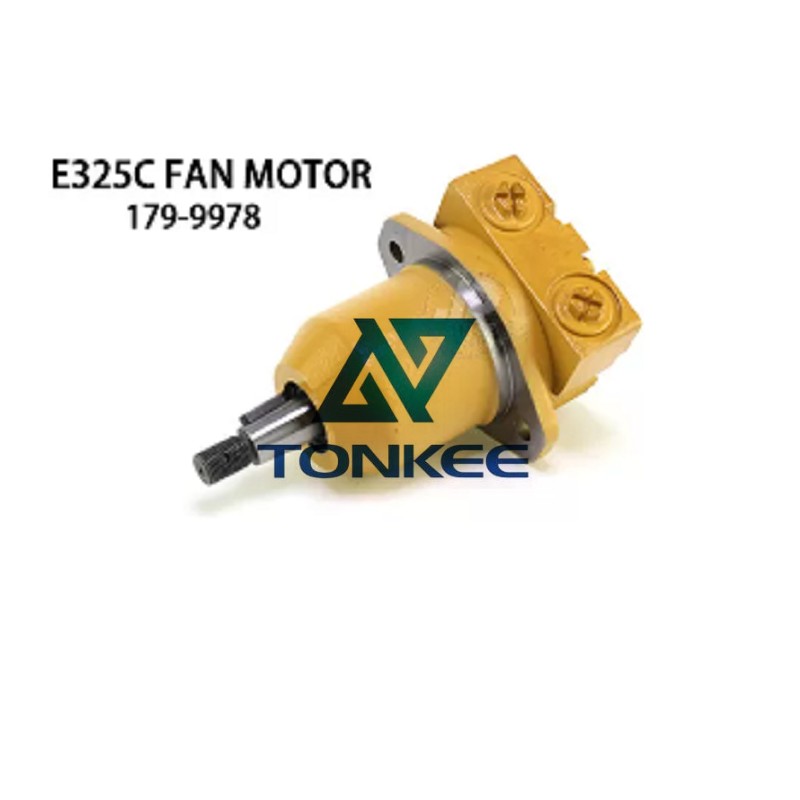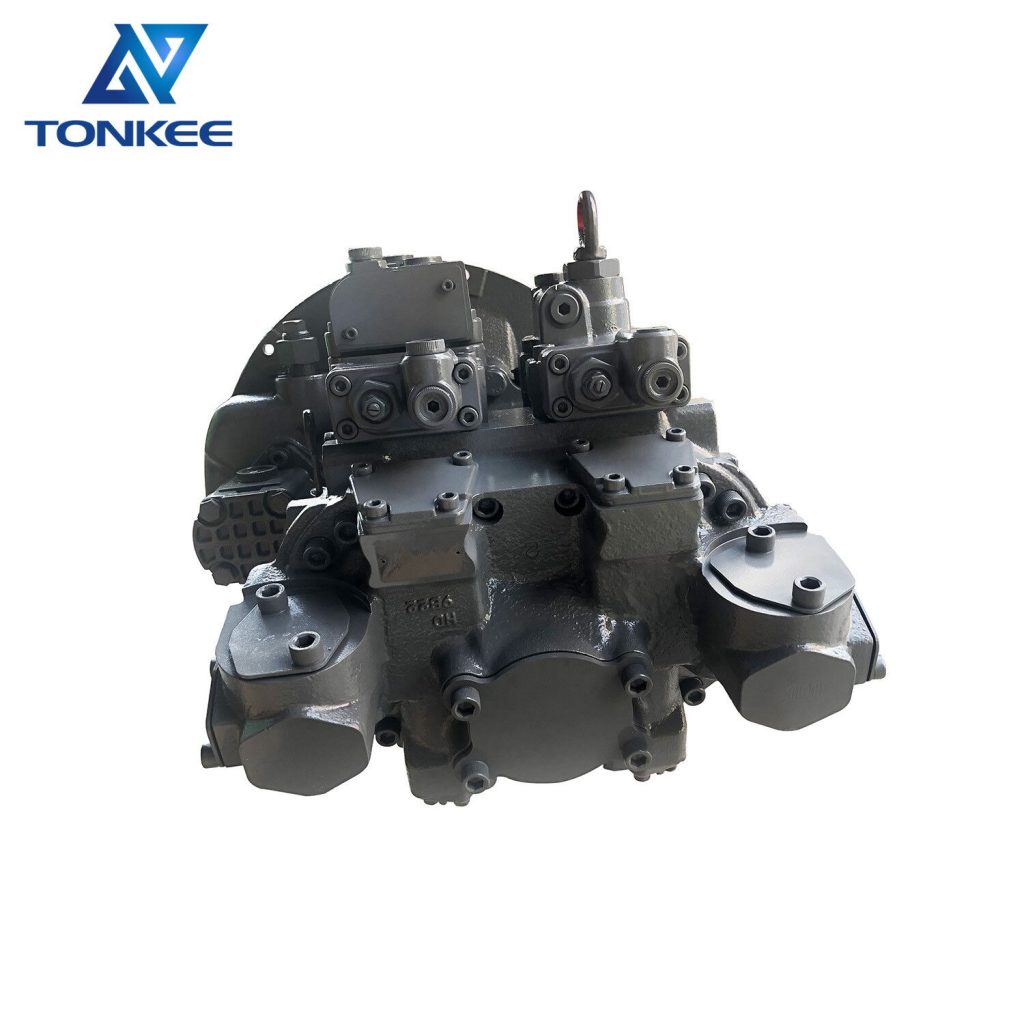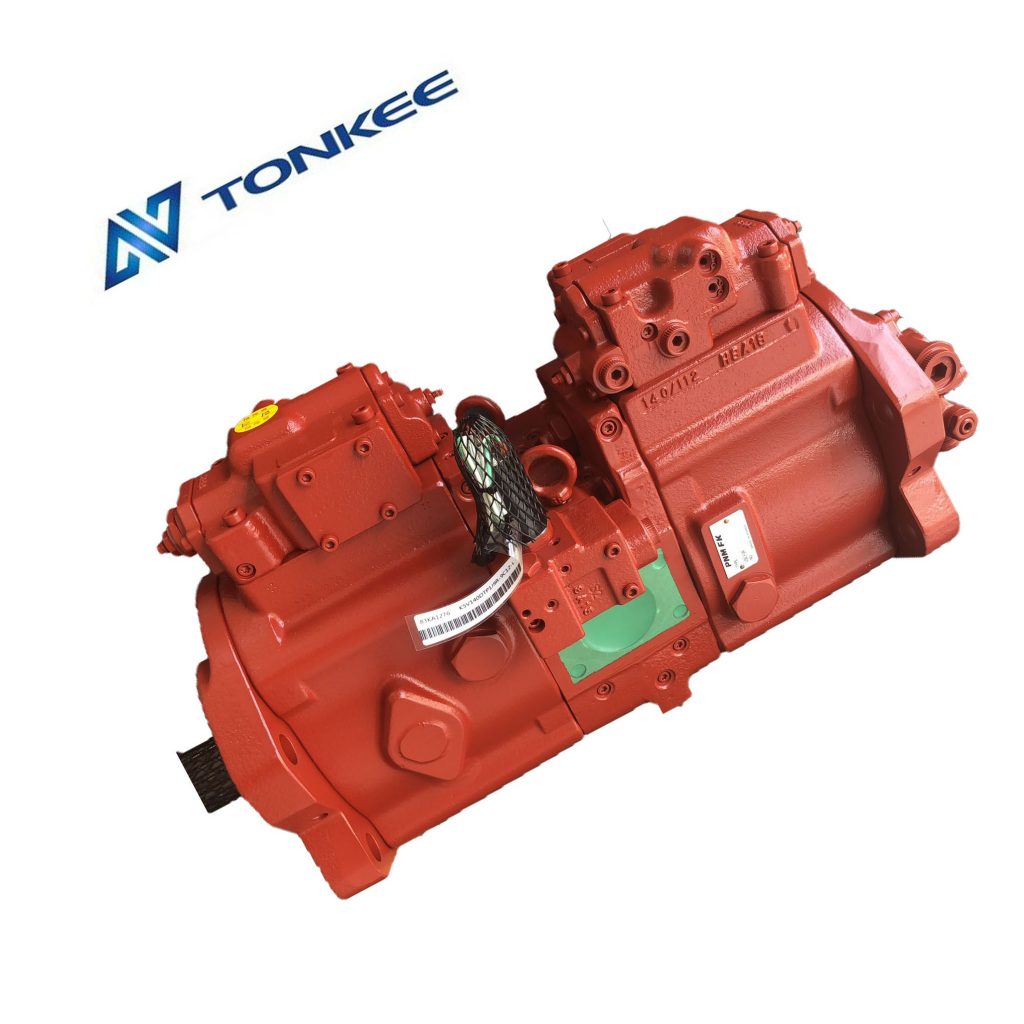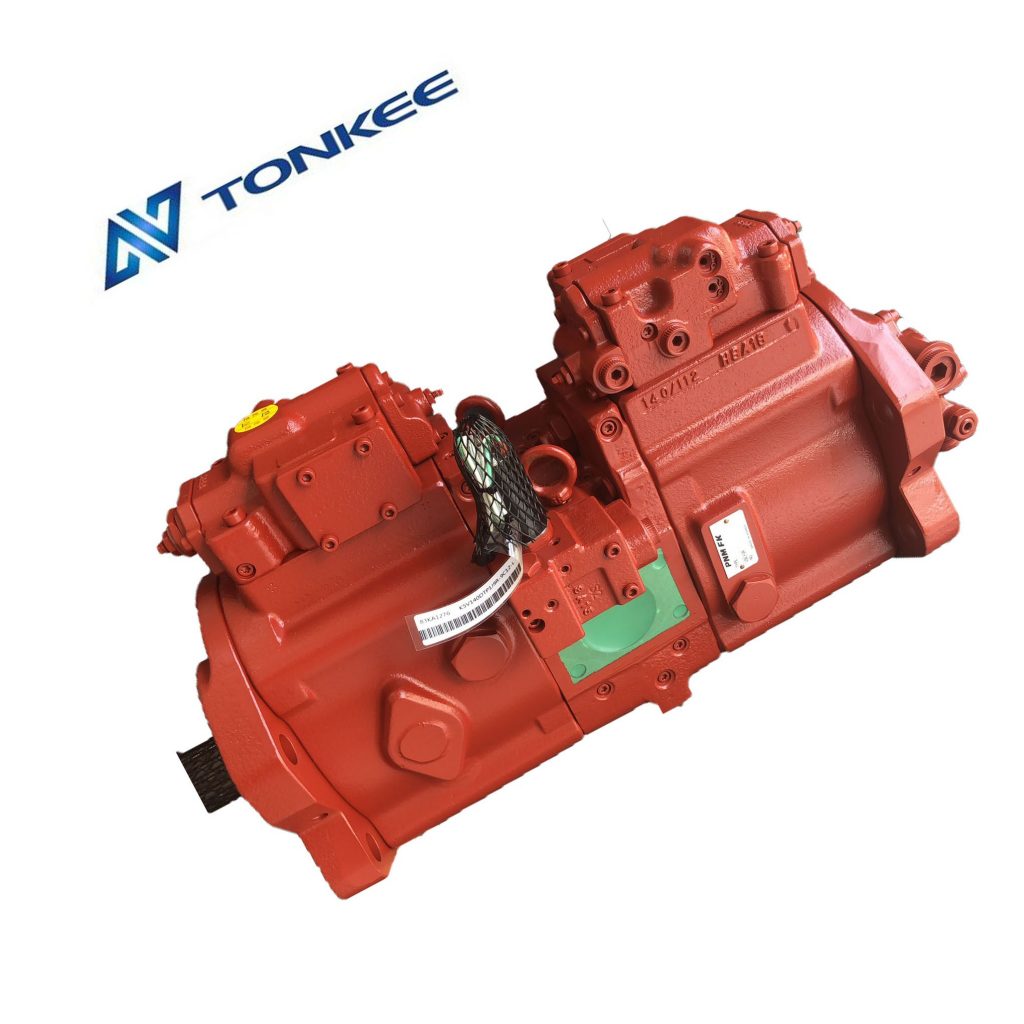
Part Number: 179-9778 - This unique identifier helps in ordering the correct replacement part when required, making maintenance and repairs more efficient.
Hydraulic Operation: The fan motor is driven by hydraulic power, which is commonly supplied by the excavator's hydraulic system. This ensures that the fan can adjust its speed as needed, depending on the engine's temperature and load. This feature contributes to fuel efficiency and reduced noise levels.
Variable Speed Control: The hydraulic fan motor is designed to operate at variable speeds. It can ramp up or slow down based on the cooling requirements of the engine. When the engine temperature is high, the fan motor increases its speed to enhance cooling, and vice versa.
Precision Engineering: The hydraulic fan motor is precision-engineered to meet the specific demands of the E325C excavator. Its design ensures reliability and durability, even under harsh working conditions. It is built to withstand dust, debris, and vibrations commonly associated with construction and excavation projects.
Compatibility: The 179-9778 hydraulic fan motor is designed to fit the E325C excavator model, ensuring a seamless replacement process for maintenance or repairs.
This compatibility reduces downtime and operational disruptions.
Maintenance Requirements: Regular maintenance is essential to keep the hydraulic fan motor in optimal working condition. This includes ensuring proper hydraulic fluid levels, inspecting for leaks, and cleaning the cooling system components.
Cooling Efficiency: The primary function of the hydraulic fan motor is to maintain the engine's temperature within the recommended operating range. It achieves this by controlling the airflow through the radiator and other cooling components, ensuring that the engine does not overheat during prolonged operation.
Energy Efficiency: The variable speed control of the hydraulic fan motor contributes to energy efficiency, as it only uses the necessary power to maintain the engine's temperature. This helps in reducing fuel consumption, lowering operational costs, and minimizing the environmental impact of the excavator.



 English
English Русский язык
Русский язык






